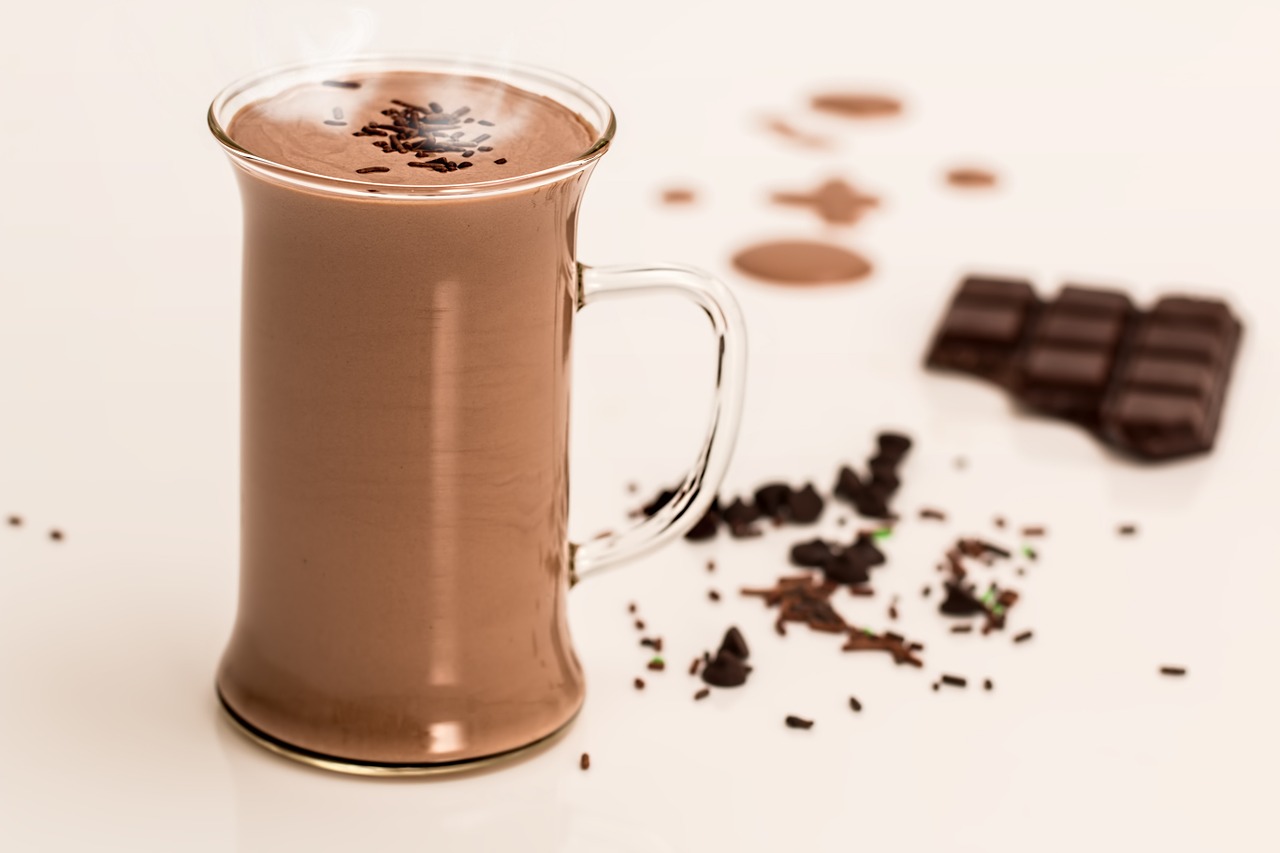This is one of those Difference Between posts that, before I came across it on accident, I didn’t even know there *was* a difference.
The terms are used interchangeably, but there is indeed a difference between hot chocolate and hot cocoa.
This is also one of those Difference Betweens where manufacturers often incorrectly label a product – as with apple juice and apple cider – which is where confusion can spark; companies often sell hot cocoa as hot chocolate.
Before we dive in it should also be mentioned that there are varying recipes and interpretations for how to make hot chocolate and hot cocoa – what we’re discussing here is how they are typically or commonly prepared.
Hot chocolate, as the name suggests, is made from real chocolate, usually shaved or ground. Hot chocolate is the equivalent of literally melting a chocolate bar into liquid form.
The chocolate is mixed with hot milk, or a combination of milk and cream or half and half. A sweetener is added, as well as sometimes a thickener, such as cornstarch.
Hot chocolate is a rich, filling, smooth drink. It is sweeter, and higher in both sugar and fat than cocoa. Hot cocoa, on the other hand, is a bit milder and less fattening, with almost a coffee feel to it.
Hot cocoa is made from cocoa powder, and is usually mixed with water and/or milk and a tiny bit of sugar and cream.
Cocoa powder is made from cocoa beans, which are about 50% fat. Cocoa beans are ground into a paste and much of the cocoa butter is pressed out – this leaves about 20 to 22% fat, with 10 to 12% cocoa butter. This hardened cocoa powder is then more finely ground.
The removal of the majority of cocoa butter from cocoa powder is the main difference between hot chocolate and hot cocoa – hot chocolate contains much more cocoa butter – 55% or higher – giving it that really creamy mouthfeel.
Fine Cooking explains that chocolate is primarily two elements: cocoa solids and cocoa butter. Cocoa solids lend to the flavor, the butter to the texture.
Therefore, some could argue that hot cocoa actually has more of a chocolaty flavor to it than hot chocolate, although this can certainly be debated.
To just briefly touch upon similar subcategories of hot chocolaty drinks:
Drinking chocolate is the European term for hot chocolate that usually utilizes large chunks of melting chocolate.
Swiss hot chocolate is also another term for regular hot chocolate, based on a nameless person in Switzerland who came up with the idea of melting pieces of chocolate into hot milk.
Instant hot chocolate is cocoa powder mixed with powdered milk, then water.
And Dutch-processed cocoa powder is cocoa powder that has been processed with alkaline salts, a practice patented in 1828. Serious Eats has a great post on the difference between baking with natural cocoa powder versus Dutch-processed here.
To recap: hot chocolate is made from chocolate itself and contains significant cocoa butter; hot cocoa is made from cocoa powder, with little cocoa butter. Hot chocolate is a thicker, more fattening beverage, while hot cocoa is milder drink.
Both are of course chocolaty.
